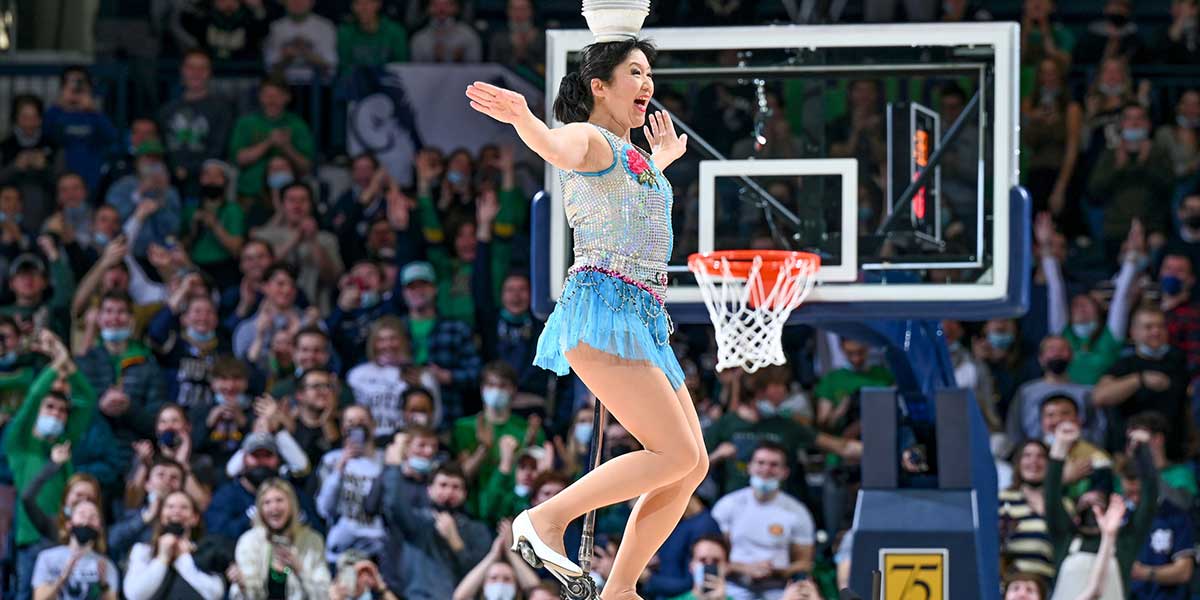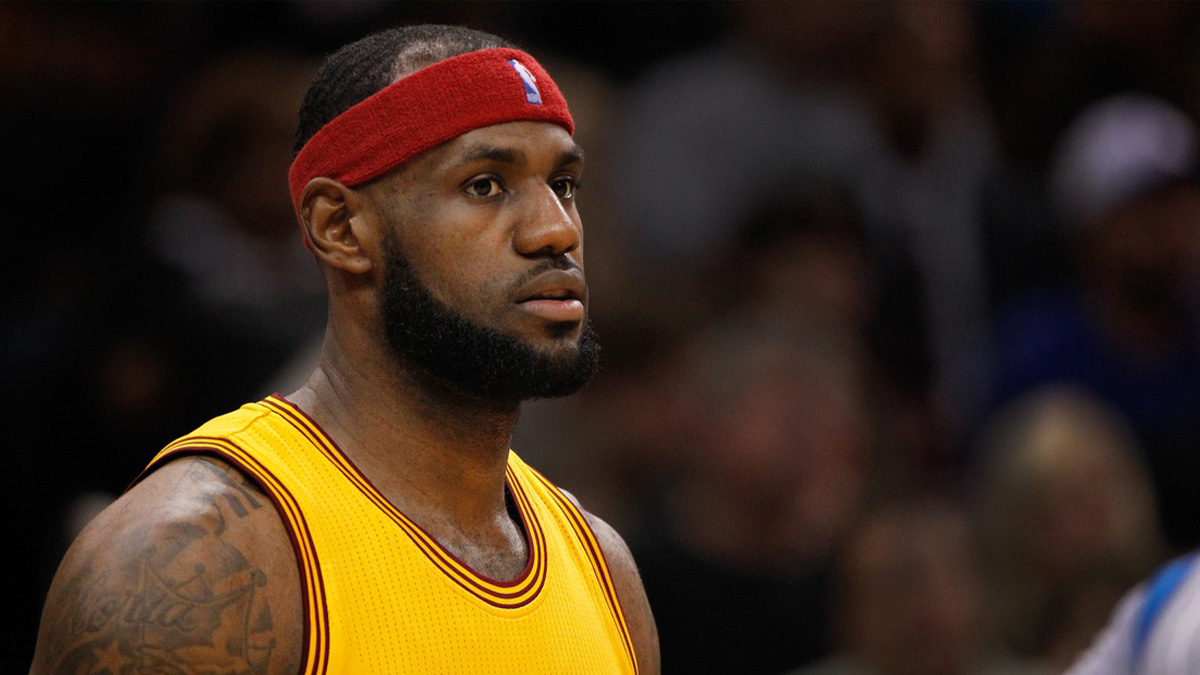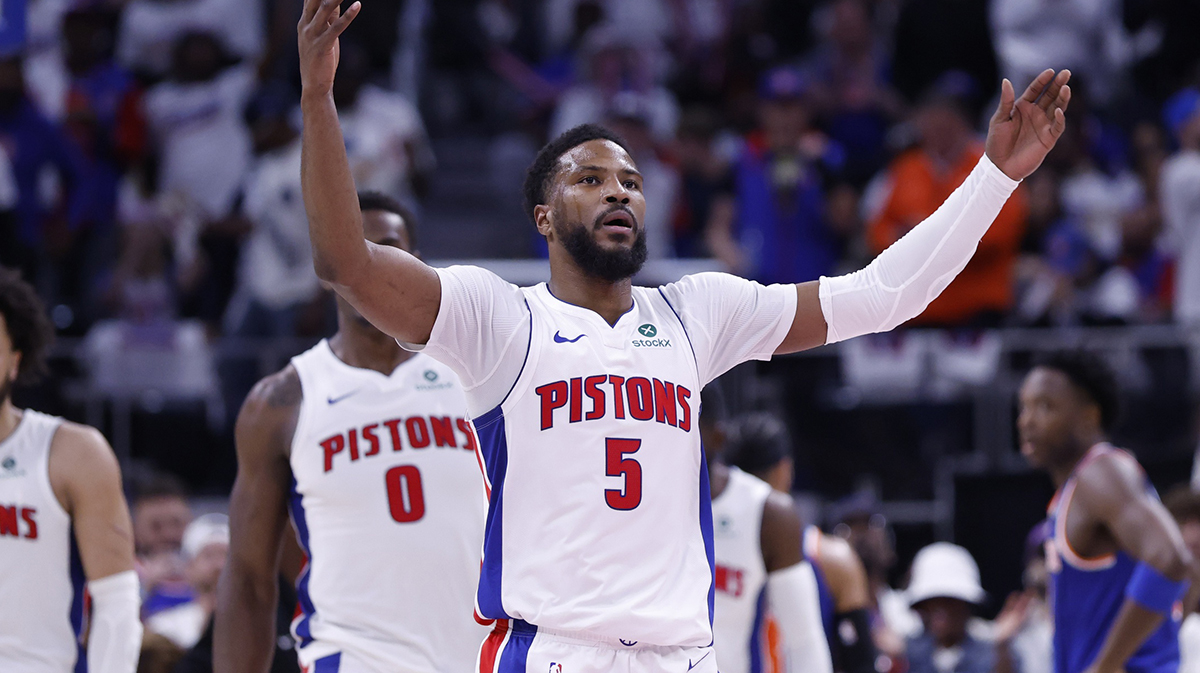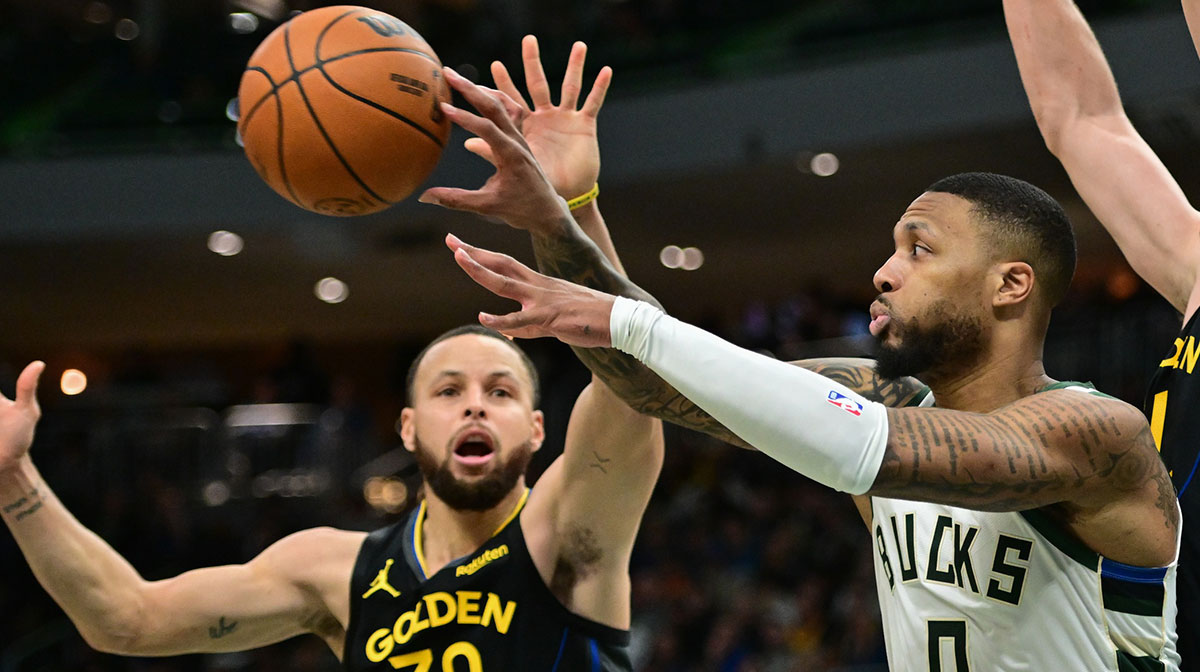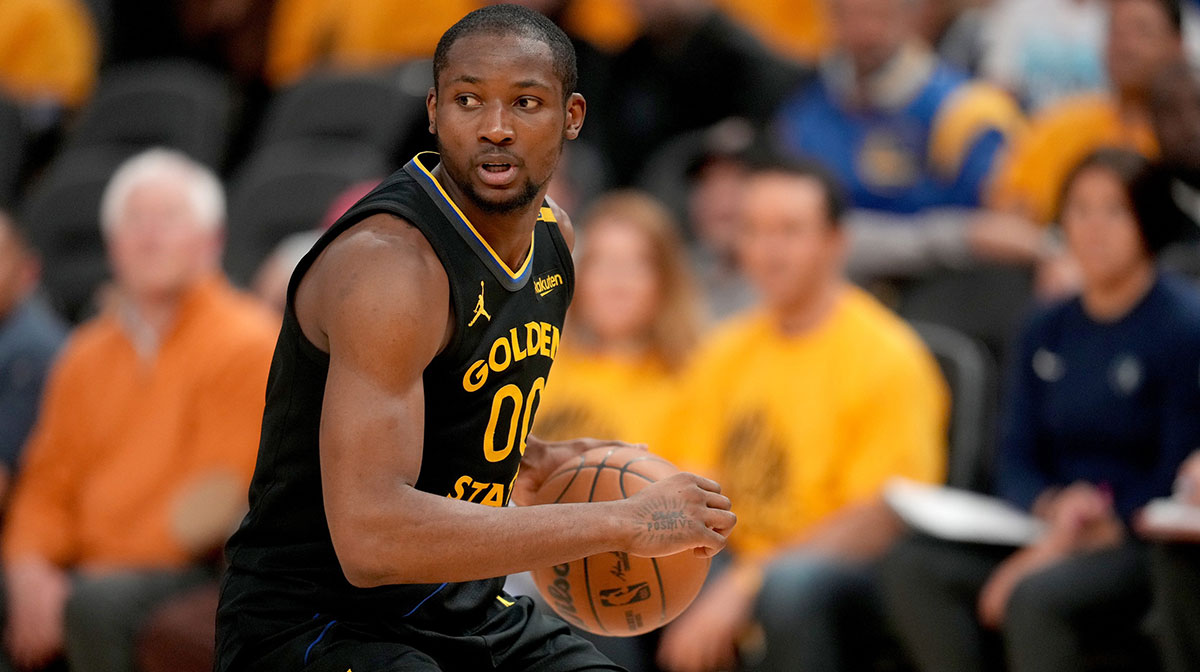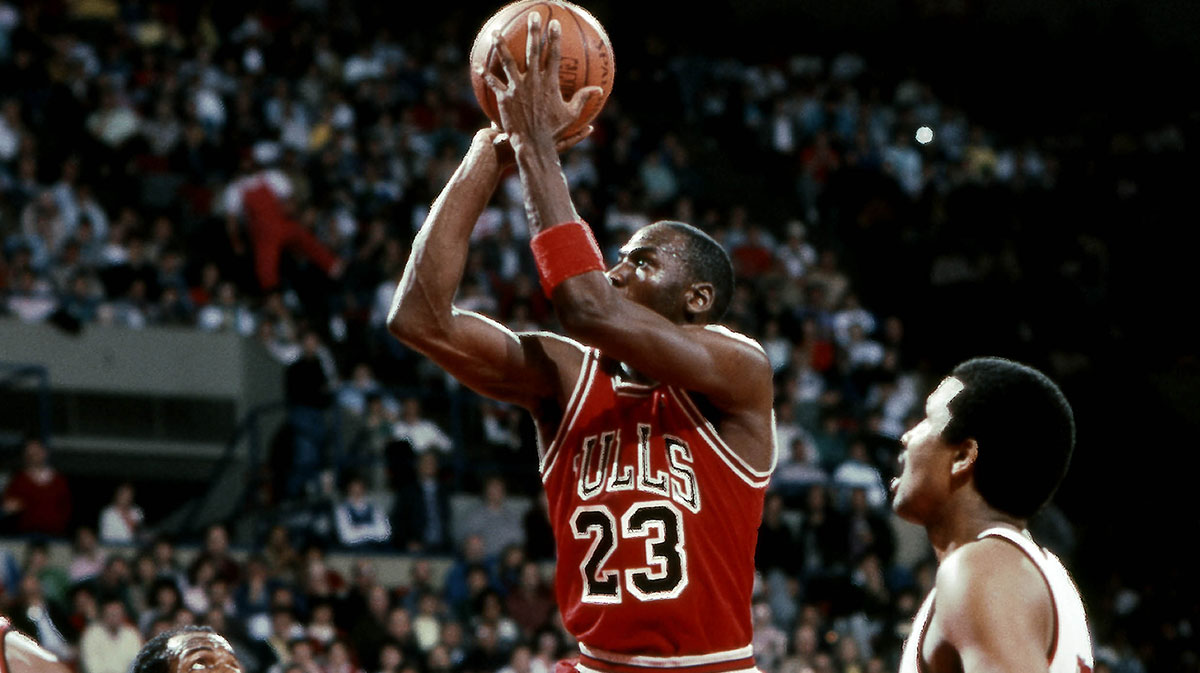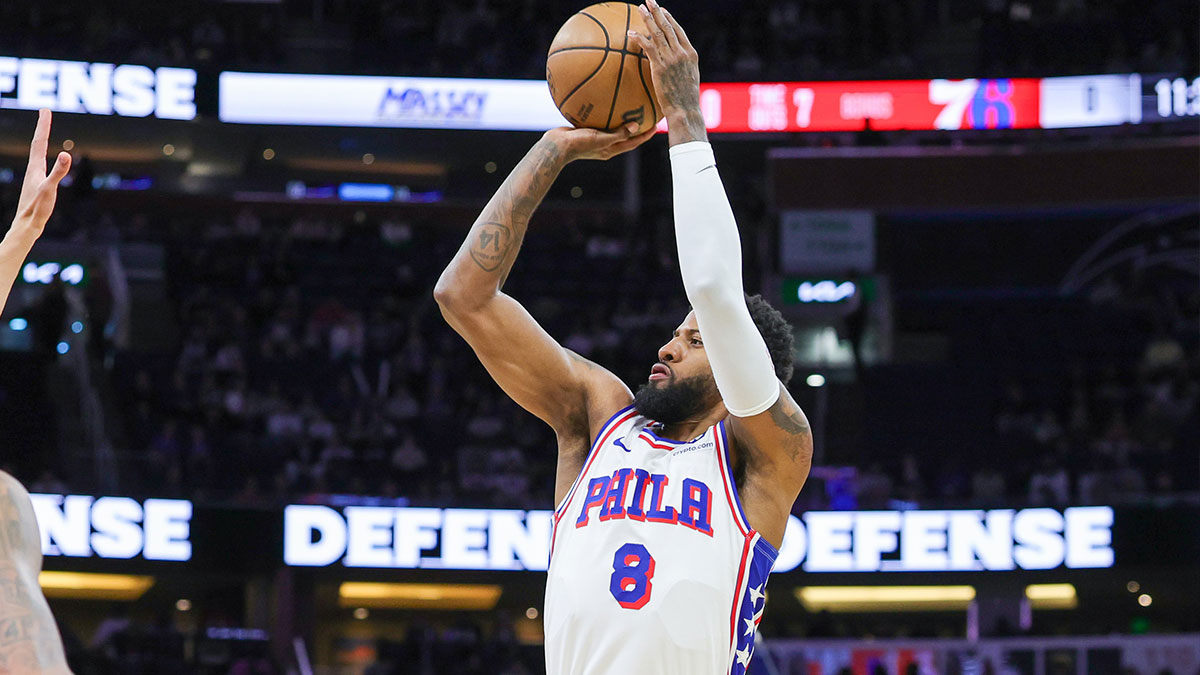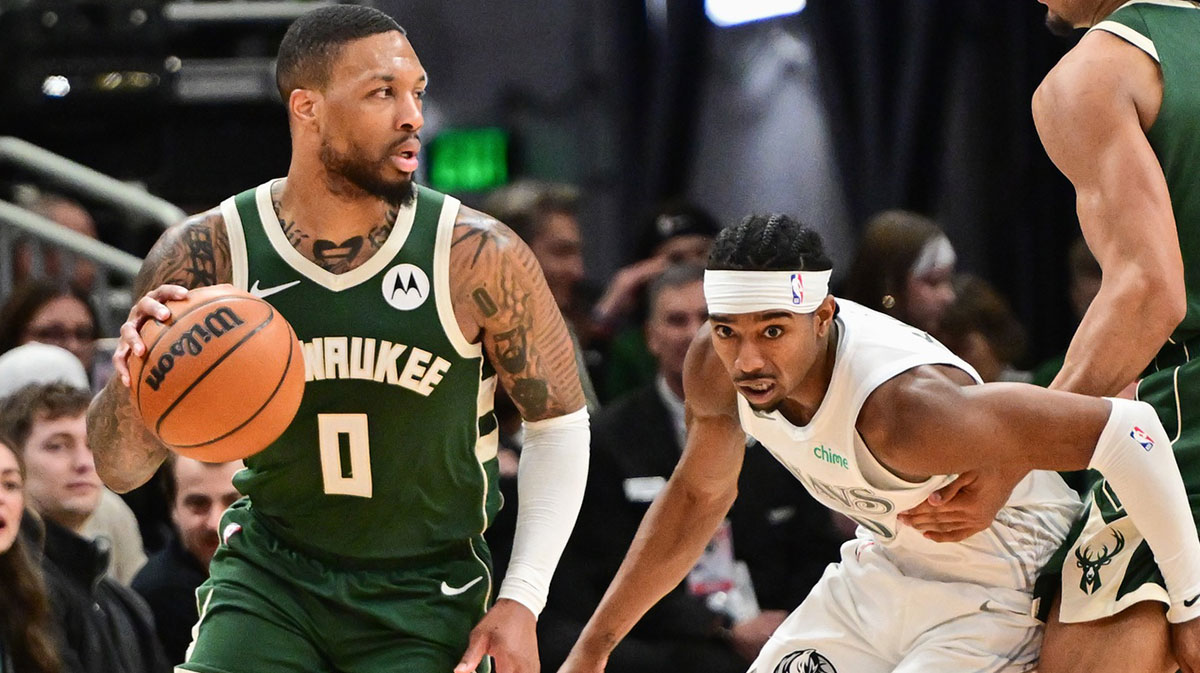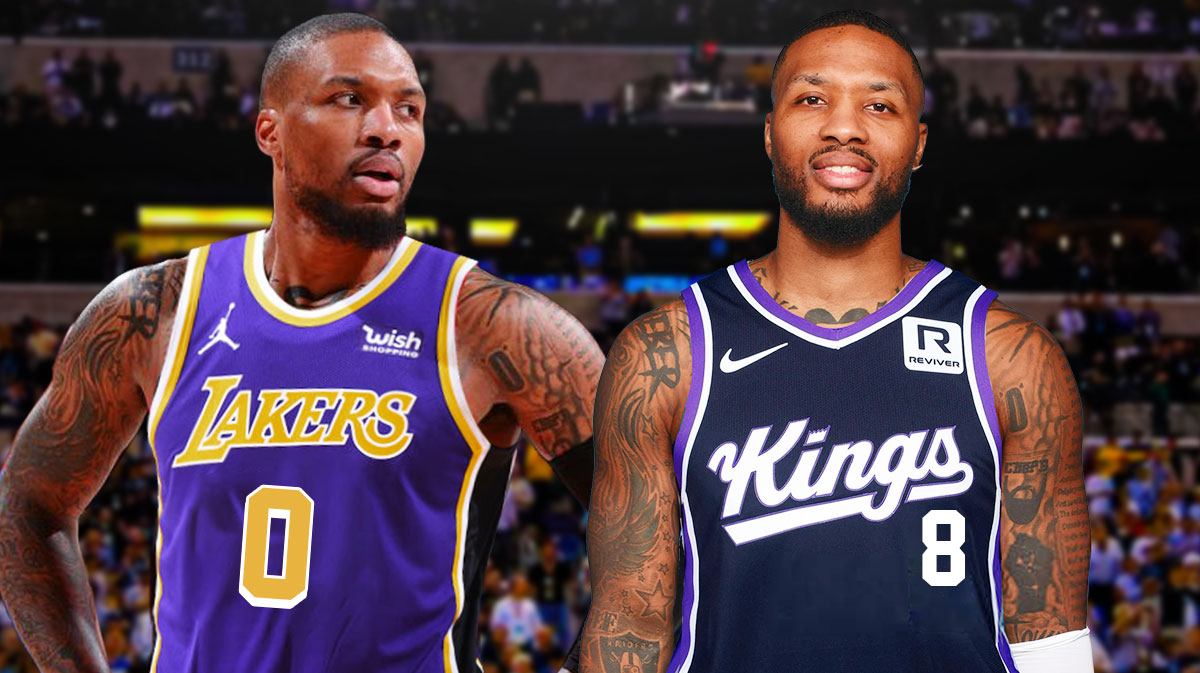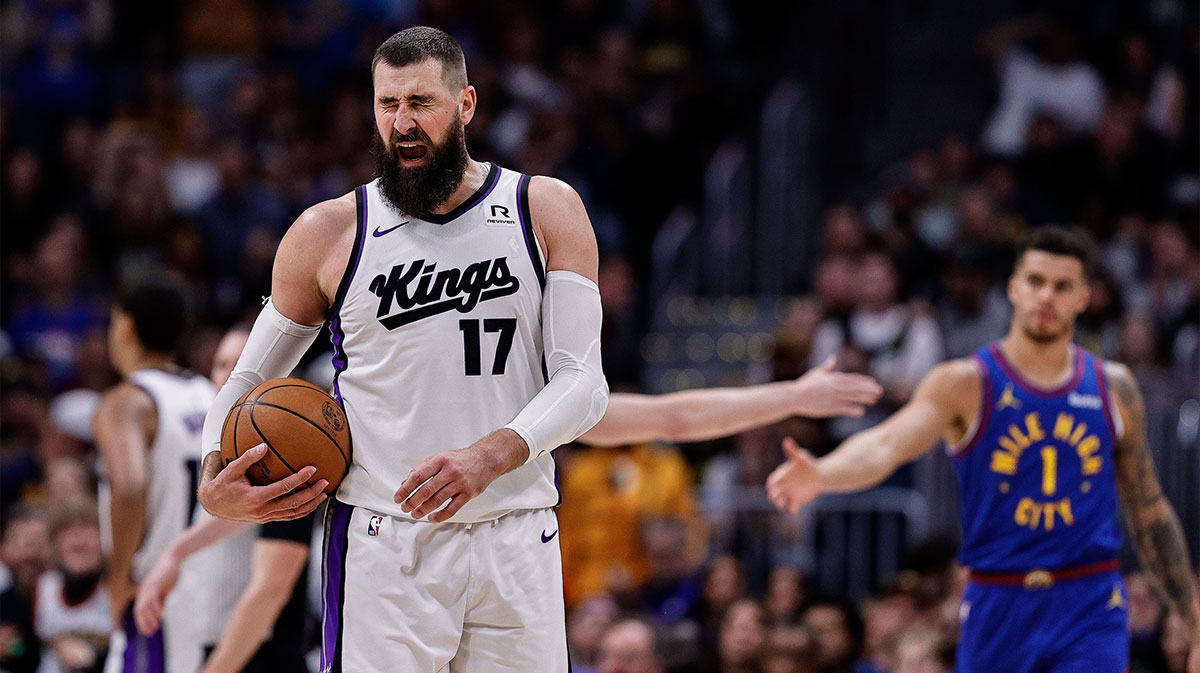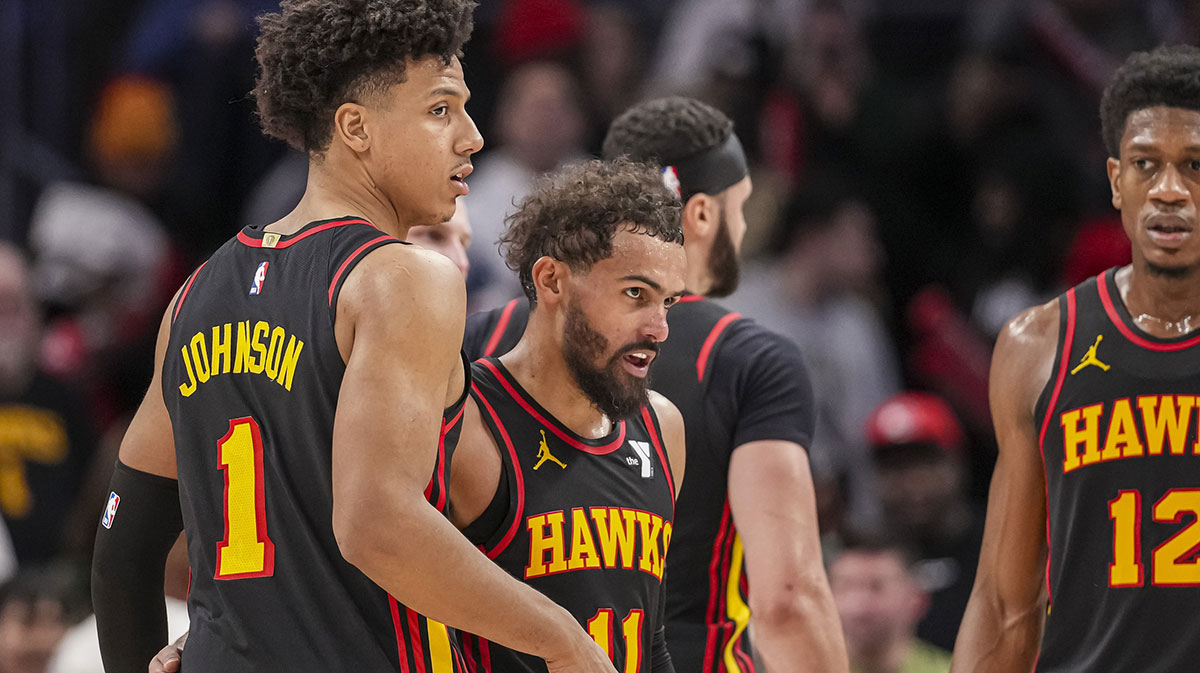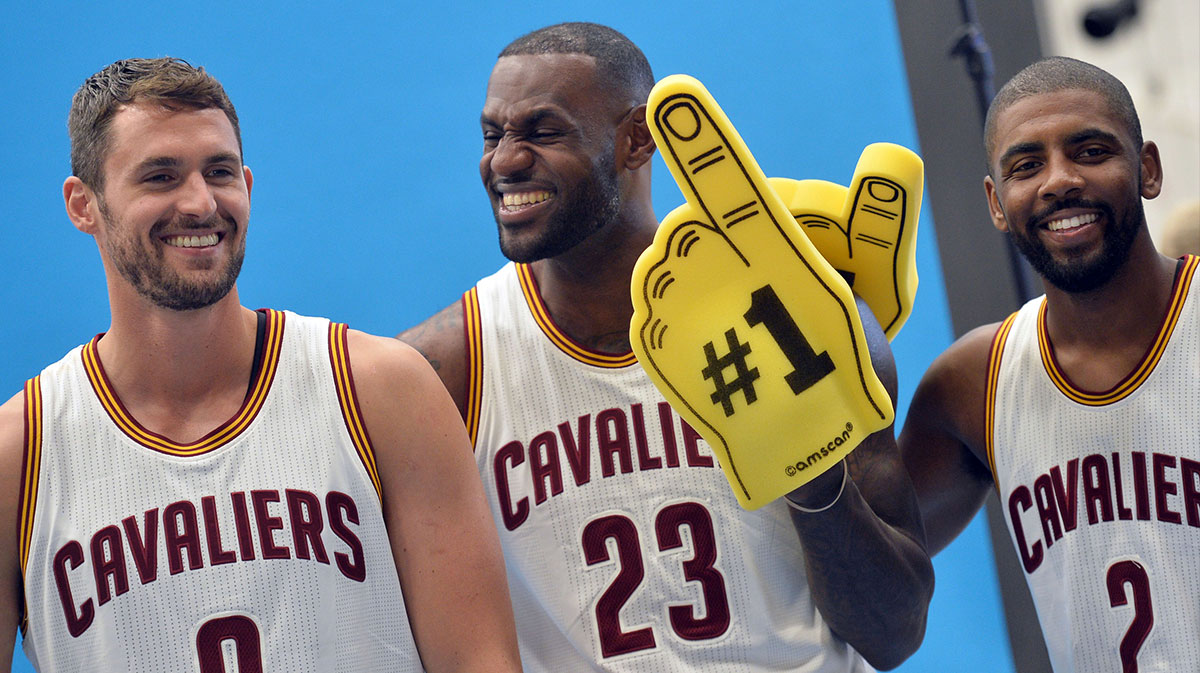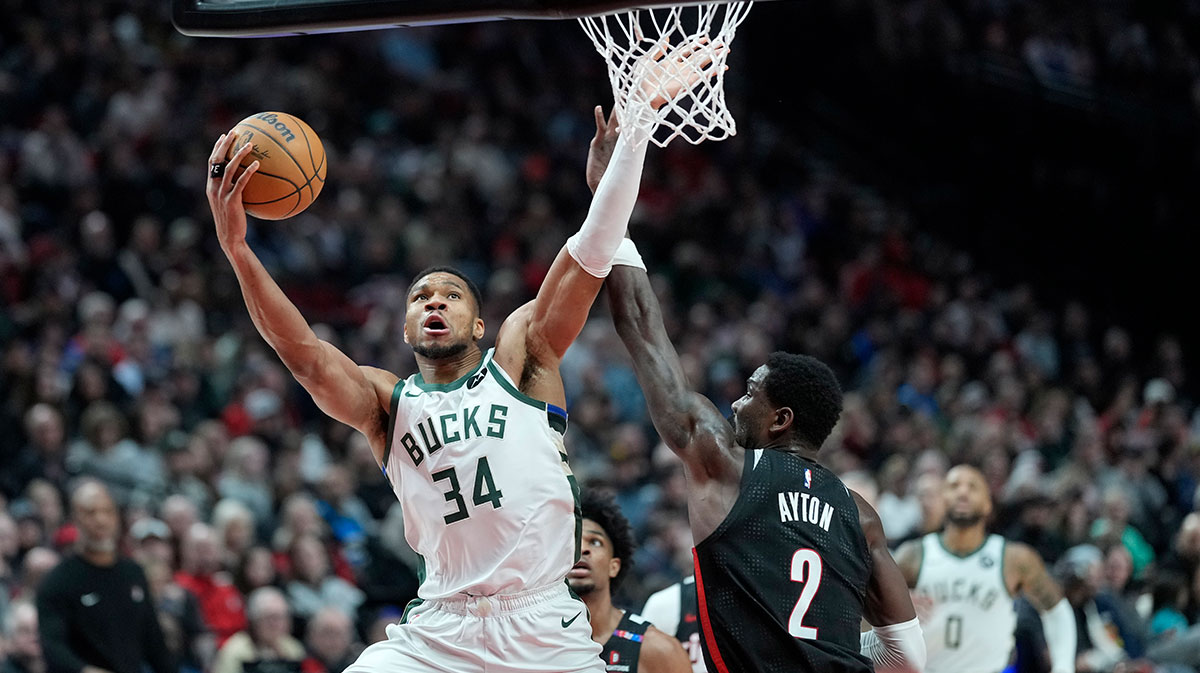For those who followed the Oklahoma City Thunder with even a modicum of interest last year, it became quickly apparent that Carmelo Anthony didn’t fit into Coach Billy Donovan’s system. A player whose game heavily relied on the rhythm associated with ball handling, Anthony’s increased application as a spot-up, end of the line option crippled his game.
Proof? Spot-up jumpers made up 23.9% of Anthony’s possessions this past season, up from his previous high 15.4%). Shooting a pedestrian 36.9% from those spot up shots, the data quickly paints a picture indicating that moving on is in both parties best interest. However, with a contract valued at $28 million dollars, this divorce might prove to be yet another challenge for General Manager Sam Presti.
When it comes to trading Anthony, justifications come from two distinct places: Anthony’s fit with the Thunder statistically and the implications of Anthony’s contract. This article will undertake a through delve into the rationality behind each decision to flesh out the understanding behind why these decisions might be made. Moreover, delving into the statistics and contract implications of Anthony may provide further understanding as to why Anthony’s miscasting in Oklahoma City might not carry over to a potential trade partner. The article will first address the financial concerns and then delve deeper into Anthony’s strategic fit with Oklahoma City.

Money Talks:
More than world class players, a premier general manager, or pristine coaching staff, ownership with deep pockets represents the strongest competitive advantages any NBA franchise can possess. This is because big money contracts generally are required when keeping a team relevant and competitive.
Owners such as Paul Allen of the Portland Trailblazers or Dan Gilbert of the Cleveland Cavaliers found themselves paying extraordinary bills to keep their cores together over the past few years. The kicker? Most of that money wasn’t even paid to their players under contract. This is due to a term in the NBA’s Collective Bargaining Agreement known as “The Luxury Tax”.
The NBA’s contract scale is set up to limit higher value teams (see Lakers, Los Angeles) from poaching every good player just because they more money. Known as the Salary Cap, the league sets a number which represents the dollar amount teams can spend on unrestricted free agents in any given year.

For example, if the salary cap was $90 million dollars and a team already had a total of $80 million dollars in contracts on the books, that team could spend up to $10 million dollars spread among as many unrestricted free agents as they want. However, unlike the NFL or NHL, the NBA cap is known as a “soft-cap” because there exists ways to bypass it. The most prominent of which is known as the Bird Rule.
Named after Boston Celtics legend Larry Bird, the Bird Rule essentially stipulates that if a team is resigning a player that was under contract for at least three years without being waved, they hold what is known as that players “Bird Rights” and can exceed the salary cap to resign that player.
Returning to our hypothetical then, pretend that team with 80 million dollars on their books signed free agent player X for a $10 million dollar contract, bringing their books to 90 million dollars at the cap. That team then wants to re-sign player Y for whom they hold the Bird Rights to a max contract (effectively somewhere between 25%-30% of the total cap based on experience).

They can do this making their new payroll somewhere around $110 million dollars (this player’s cap hold which represents his previous value [in this scenario is somewhere around $10 million dollars] is replaced with the new price which accounts for why a $30 million dollar contract only added around $20 million dollars to the payroll]. However, exceeding the cap does come at potentially a significant financial cost.
Known as the “Luxury Tax” the NBA employs a significant preventative measure against teams’ spending money above the cap. Once a payroll reaches the luxury tax threshold, set by taking 53.51% of all projected income for the year, subtracting projected benefits (determined by the IRS as pension plans and the like) and dividing that number by 30 (number of teams in the league that shoulder this burden), the league starts fining teams in a bracketed system. The brackets work as follows:
| Lower Band | Upper Band | Tax rate owed to NBA (per dollar over the tax) |
| $0 over | $4,999,999 over | $1.50 |
| $5,000,000 | $9,999,999 over | $1.75 |
| $10,000,000 | $14,999,999 | $2.50 |
| $15,000,000 | $19,999,999 | $3.25 |
| $20,000,000 | And up | $3.75, and an additional $0.50 for every additional $5 million dollars over the tax |
So once again returning to our hypothetical, say the luxury tax line in this situation is $110 million dollars. This team after signing player Y to their new contract is now $10 million dollars over the tax line, meaning they owe $25 million additional dollars in luxury tax to the NBA (there are many exceptions to what counts towards the tax including unlikely incentives and one year league subsidized veteran minimum contracts, but that’s for another day).

This is similar to the issue that Oklahoma City is facing with Carmelo Anthony, but much worse. In Oklahoma City’s case, they’ve entered into a special tax bracket known as the “Repeater Tax”.
Due to the fact that winning teams tend to have greater revenue than rebuilding ones, “low” (note the sarcastic quotation marks) luxury tax bills like our hypothetical $25 million are generally counterbalanced by merchandise and tickets sales. So that teams don’t just opt to pay the bill every year, the league instituted a secondary tax bracket known as the Repeater Tax.
The Repeater Tax is a higher tax rate which adds an additional dollar to each tax bracket (a Repeater Tax payer who is between $0 and $4,999,999 now owes 2.50 for every dollar spent rather than 1.50 and so on) and is issued to teams which pay the luxury tax three out of the past four years. Rather than using the hypothetical, below shows the Thunder’s financial information with and without Carmelo Anthony’s $28 million on the books. Note the Tax Apron for the 2018-2019 season is about $123 million dollars’ worth of salary:
| Payroll | # Over the Tax Line | Tax Bracket | Tax Payment | |
| With Anthony | $160,201,224 | $36,468,224 | $6.75 | $246,160,512 |
| Without Anthony | $132,273,084 | $8,540,084 | $2.75 | $23,485,231 |
| Net Difference | $27,928,140 | $27,928,140 | $4.00 | $222,675,281 |

Finding a suiter then for Anthony will not only alleviate the team fit issues, but additionally save Thunder ownership nearly $225 million dollars. This may entice ownership to force GM Presti to sacrifice an asset to alleviate their own quickly emptying pockets. However, if no other team is willing to bite, the Thunder still have options.
Known as the stretch provision, the Collective Bargaining Agreement allows a team to spread contract payments out over an extended period. Specifically, the provision takes the owed salary and spreads it evenly over double the remaining contract length plus one year. In Anthony’s case, the contract would pay out around $9.33 million dollars a year over three years (assuming Anthony doesn’t give any money back in buyout negotiations, even if he does, however, the burden against the salary cap/tax would remain a consistent $9.33 million).
This would leave the Thunder with a projected $76 million dollar tax bill, still nearly $150 million in savings. Even without the team fit issues, moving on from Carmelo Anthony makes absolute financial sense.

Fit worse than an Early 2000’s NBA Draft Outfit
Before even delving into the statistics, my research could clearly pinpoint the primary issue Carmelo Anthony faced fitting into Oklahoma City’s roster: He wasn’t the lead ball-handler. Take this quote from a March 27th Tim Bontemps article about Anthony:
“The biggest challenge I would say is not having the ball 75, 80 percent of the time in the game,” he [Carmelo] said with a smile, when asked what been toughest about his new role. “[I’m in] different places on the court, doing different things. . . . The way the game is now — things are spaced out and pick and rolls and driving and shooting threes — that’s a big adjustment.”
This adjustment never happened, or if it did it wasn’t successful. Working as a spot up shooter, Anthony played abysmally, shooting a whopping 6-for-26 on “open” and “wide-open” three point attempts. As mentioned before, in all Anthony shot only 36% on spot up shots, contested or otherwise.

Anthony claims he sacrificed his game for the team, but refused to even consider coming off the bench (mind you Oklahoma City outscored Utah by 32 points when Anthony sat in their playoff series). Perhaps the expectations hoisted onto a thirty-three year old without a particularly winning pedigree’s shoulders were too high, but the statistics, the eye test and even Anthony himself all point to himself as the team’s black sheep.
As a third star, Anthony’s role primarily consisted of a high volume auxiliary role. With Russel Westbrook running the offense from the key and Paul George playing lock-down one-on-one defense, Anthony was tasked to serve as an alternate scoring option that could play passable defense.
In actuality Anthony was a negative player on the offense and defensive ends of the court. Offensively, Anthony created significant stagnation when he wasn’t the end of a kick-out pass or swing-swing. Watching film of anytime Anthony ran an isolation set (which made up a significant portion of his non-spot up offensive touches) the opposing defense outside Anthony’s man and potentially a help defender simply freeze.

As J.A Sherman of SB Nation puts it:
“If Melo got the ball in the wing or on the post, everything else stopped moving. They didn’t even care if he made the shot – it was still a win defensively.”
Anthony shot the lowest field goal percentage of his career at 40.4%, the lowest 2-point percentage at 43.7%, lowest free throw attempts with 2.6 per game and all around looked, mediocre. His Player Efficiency Rating reflected this, with a below average 12.7 marking his lowest ever. Effectively, Oklahoma City paid $28 million dollars for someone statistically worth less than a quarter of that.

On the defensive end of the ball Anthony played the same old song and dance. A low effort, un-engaged defender, Anthony oftentimes missed the help calls, watch his offensive match-up blow by, and not hustle back on the defensive end.
His real dRPM according to ESPN (his defensive impact on the game) was -1.25 points worse than the average NBA player per 100 possessions. This doesn’t seem terrible at first glance until you realize it ranks 73rd out of 84 total power forwards.
One of Oklahoma City’s calling cards was a strong defensive effort, especially from top defenders such as Paul George and Steven Adams, yet Anthony tanked that effort, opening a massive opportunity for opposing offenses to capitalize on a weak link in the most prominent of Donovan’s line-ups. Anthony didn’t just look bad on the court, there were times when one might question if he even belonged on the court at all.

There’s an argument that the system Donovan implemented failed to capitalize upon Anthony’s greatest strengths. Following Carmelo’s exit interview in April he stated:
“I think the player that they wanted me to be and needed me to be was for the sake of this season because it was just so, everything was just thrown together, and it wasn’t anything that was planned out,’’ Anthony said. “It wasn’t no strategy to me being here, me being a part of the actual system and what type of player.’’
Looking at his usage, however, there clearly was a strategy. Anthony, to compensate for his age, was slotted to play a majority of his minutes at the four rather than the three. To limit the physical strain Anthony played as a spot up shooter from beyond the arc, hoisting a career high 40.6% of his shots from behind the arc. His usage rating was significantly lower than his career averages at 23.2% which was both the by-product of playing next to two other all-stars as well as an effort to limit the injury risk. The problem lies in that this strategy doesn’t capitalize upon Anthony’s greatest strengths, nor does it minimize his weaknesses.

Anthony is best with the ball in his hand. His most notable skill is a mamba-like mentality which lets him create his own shots from nearly anywhere. Those inefficient, fade away, impossible looking jumpers that make you scream “WHY” until they somehow fall are a hallmark of who Anthony is. Smooth ball-handling made him an excellent penetrator who could compliment his driving ability with solid free throw shooting.
None of these things are highlighted in a stretch-four role. Yet once again, age 33 players need maintenance. A more limited physical approach, higher efficiency/lower volume play marks what the league sees as graceful aging.
For a historically physical and inefficient player like Anthony, wanting to play thirty minutes a game and the old-man physical bruiser play-style simply can’t coexist.

For Anthony, Oklahoma City shouldn’t represent his career’s end of the line. There are clearly places which can use a score-first forward that can help add some wins to a fringe playoff squad looking for a primary option. More importantly for Anthony, names fill seats and there shouldn’t be any problem finding an owner to offer a veterans minimum and minutes in a rotation.
However, the question remains, at thirty-three is Anthony truly deserving of another major role?
Stats courtesy of BasketballReference.com unless otherwise noted
Thanks to Larry Coon’s NBA Salary Cap FAQ for information regarding the NBA’s CBA. His work can be found at https://www.cbafaq.com/salarycap.htm

